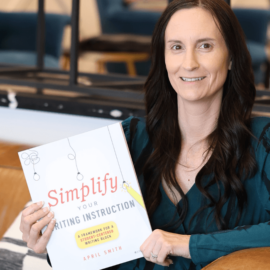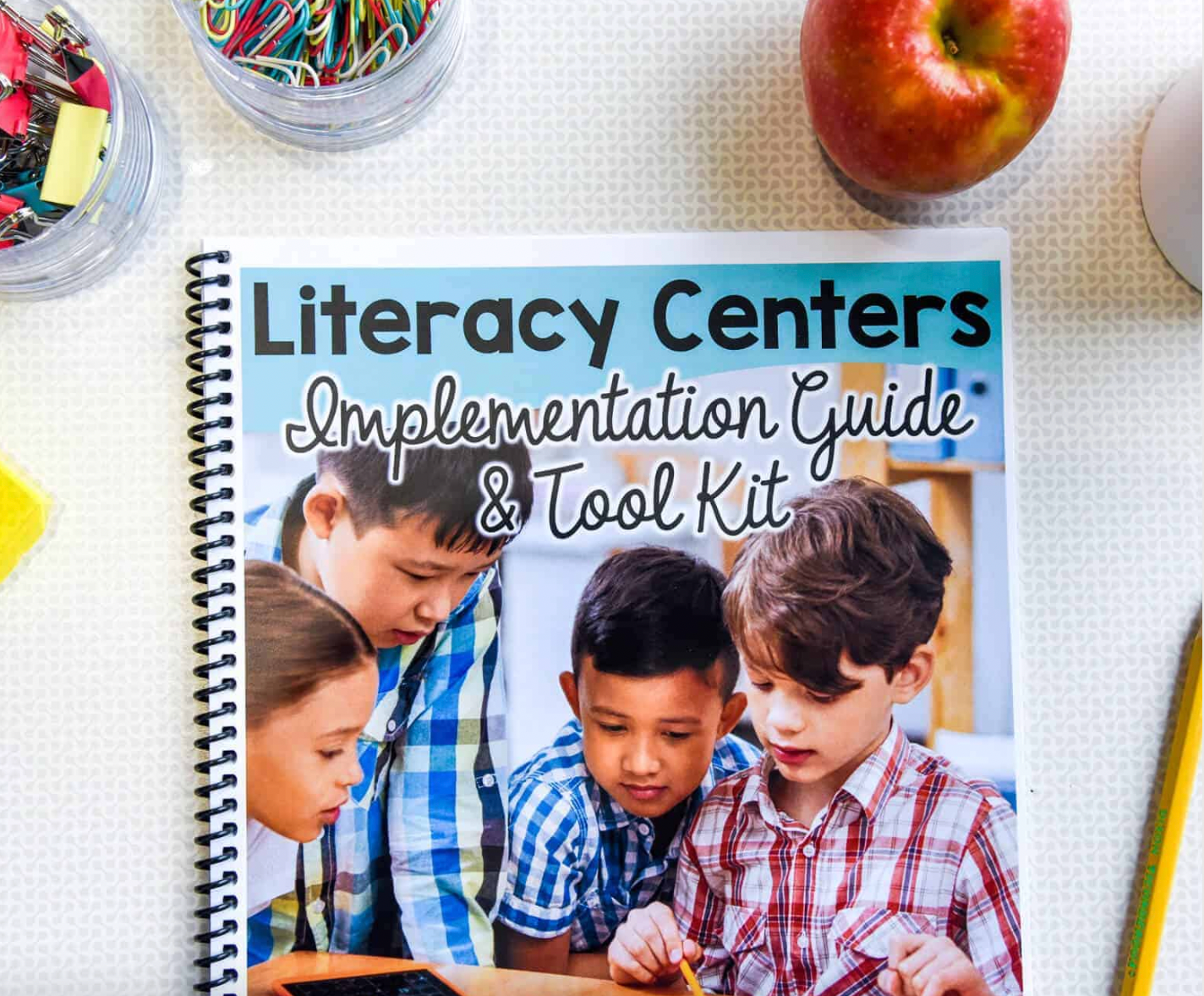After last week’s post, highlighting virtual learning, collaboration, and the writing process, I’ve received a bunch of questions about how I conduct writing conferences with my distance learners.
To put it simply, I’ve spent a LOT of time planning and designing resources to simplify the writing process while smoothing out the wrinkles along the way. Why commit so much time, you might ask? Well, for starters, writing conferences are my way to monitor student progress, provide immediate feedback, and encourage my students to maintain momentum throughout the writing process.
The most important of all, though? Conference time helps me personalize writing instruction and reminds me why I love teaching so much: Each student has a unique story to tell.
Here is how I make virtual writing conferences happen…
Setting Expectations for Virtual Writing Conferences
First, I create a list of expectations to guide myself and my students through virtual conferences. I share this with the whole class and model these expectations using “This looks like/feels like/sounds like” to authentically demonstrate my expectations in a way students can easily grasp and abide by when it comes to conferencing time.

Make a Conference Schedule and Share a Signup Form
Next, I use a scheduling template to chisel out my “office hours,” or the weekly time I have available for writing conferences. At the beginning of the week, I send out a link to a Google Form (you can also use SignupGenius or Calendly) and ask students to sign up for a five minute conference slot. Throughout the course of the year, I meet with students between 3-4 times a month for individual writing conferences.

Send Out a Reminder Link
To hold students (and myself!) accountable, I auto-generate a reminder email twenty-four hours before our scheduled conference time and attach a pre-conference worksheet like the one below. Students complete this form before our meeting, which helps guide our conversation during our writing conference. This form is also an amazing resource that encourages students to read their pieces with keen eyes—all the while becoming more self-aware as writers.

Stick to the Conference Timeline
To make sure I have the opportunity to meet with each student, I remind students to sign into Zoom five minutes before their scheduled conference time. My other secret weapon? My Conference Cheat Sheet. This form breaks down the short five minutes I have with each student:
- First 2 Minutes: During these first few minutes, I am an active listener, as my students share with me how they think their writing is going, using their pre-conference note-taker to select their talking points.
- Next 2 Minutes: Now, I identify and review ONE key focus area. Yes, I said one! I pull this skill from our writing lessons and/or the writing rubric that I use to assess student work.
- Last 1 Minute: Finally, I identify an area for editing or revising—or a writing goal. See more on this later!

Take Notes During (and After) Each Writing Conference
While I try to take as many notes as I can during our virtual conferences, I also want to give each student my undivided attention so that I can better understand their writing process. To make sure I can do so, I schedule five minutes of cushion time between each student conference so I can take notes and fill out anything I missed on my conference note-taker—a God-send when it comes time to meet with my students for the next conference session!
Set a Goal & Follow Up During the Next Writing Conference
Towards the middle of our writing conference, I begin to gear our conversation towards a focus for editing or revision. As we unpack this focus area, I guide students towards identifying a goal statement, which is often as simple as, “This week, I will add more active verbs in paragraph two.” This goal statement will help students to remain focused as they revise and edit their writing pieces, while it also provides me a starting point for assessing student progress at the beginning of our next virtual meeting.
How are your virtual writing conferences going? We’d love to hear from you and what’s working in your virtual classroom!


